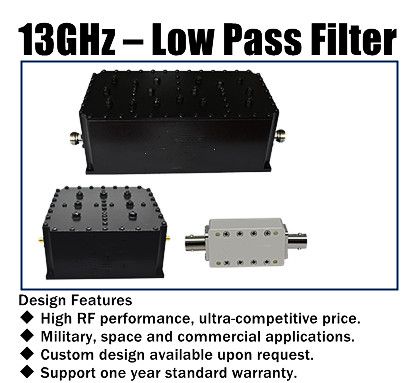How do RF Filters Work | Xtalong
Introduction
In the realm of wireless communication, Radio Frequency (RF) filters stand as gatekeepers, regulating the flow of signals with precision. These essential components are pivotal in modern devices, ensuring that wireless transmissions are clear, interference-free, and reliable. This article delves into the intricacies of RF filters, unraveling the mysteries behind their functionality, types, and significance in the world of communication technology.
Understanding the Essence of RF Filters
At its core, an RF filter is a specialized device engineered to permit certain frequencies to pass through while impeding others. Whether embedded in your smartphone, powering a Wi-Fi router, or facilitating satellite communications, RF filters serve as silent custodians of signal quality. Broadly categorized as passive or active, these filters employ various configurations to cater to the specific needs of different applications.
Passive RF Filters:
Passive RF filters rely on components such as resistors, capacitors, and inductors to craft circuits that selectively allow or impede the flow of frequencies. The most common types include:
a. Low-Pass Filters: Allowing frequencies below a specified cutoff point to pass through, low-pass filters are adept at attenuating higher frequencies.
b. High-Pass Filters: Excelling at permitting frequencies above a designated cutoff point, high-pass filters effectively suppress lower frequencies.
c. Band-Pass Filters: Tailored for passing a specific range of frequencies, band-pass filters are adept at isolating a desired frequency band.
d. Band-Stop Filters (Notch Filters): Acting as frequency barriers, notch filters excel at blocking specific frequency ranges while enabling the passage of others.
Active RF Filters:
Integrating active components like transistors or operational amplifiers with passive elements, active RF filters offer heightened control over signal characteristics. These filters are particularly advantageous when stringent control over gain, bandwidth, and other parameters is essential.
Key Principles Governing RF Filters
The operational principles of RF filters hinge on their type and configuration. In passive filters, the harmonious interplay of resistors, capacitors, and inductors orchestrates impedance networks that selectively mold the passage of frequencies. The cutoff frequency, a defining aspect of filter design, demarcates the boundary between permitted and attenuated frequencies.
Active RF filters, on the other hand, harness the power of active components like operational amplifiers to not only filter but also amplify signals. This integration of active elements grants engineers greater flexibility in shaping the frequency response and customizing filter behavior.
Applications Across Diverse Sectors
The versatility of RF filters finds application in an array of communication systems and electronic devices, including:
Wireless Communication Devices: From smartphones to Wi-Fi routers, RF filters are indispensable in isolating frequency bands, minimizing interference, and ensuring reliable signal transmission.
Satellite Communication: In satellite systems, RF filters play a pivotal role in segregating communication channels, averting cross-talk, and enhancing overall transmission quality.
Radar Systems: RF filters are instrumental in radar applications, isolating specific frequencies to bolster the accuracy of target detection.
Television and Radio Broadcasting: In broadcasting systems, RF filters allocate distinct frequency bands to different channels, preventing signal overlap and ensuring channel fidelity.
Conclusion
Unseen but indispensable, RF filters constitute the backbone of seamless wireless communication. A nuanced understanding of their underlying principles and diverse applications is crucial for engineers and enthusiasts navigating the landscape of modern technology. As innovation propels us into the future, the role of RF filters will continue to evolve, solidifying their status as indispensable components in the intricate web of wireless communication.

